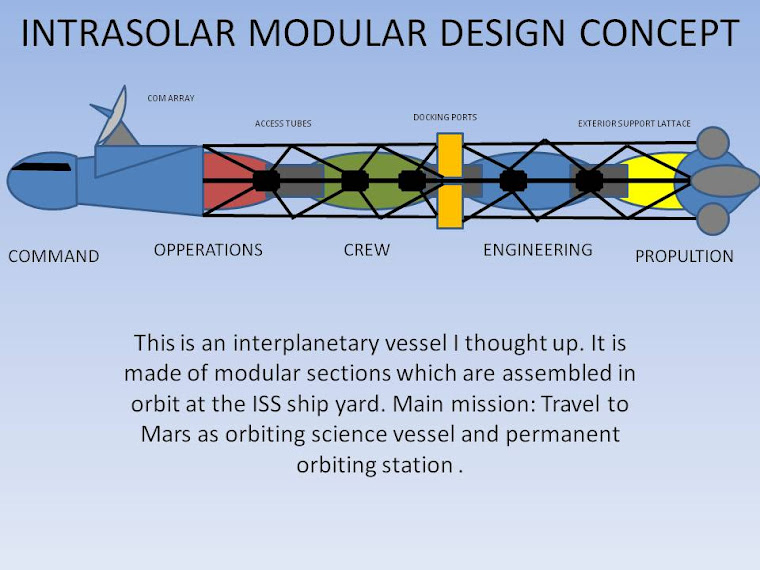


The north galactic pole at 12h 51 m 26.282s +27°07′42.01″ (J2000), the zero of longitude at the position angle of 122.932°. The point in the sky at which the galactic latitude and longitude are both zero is 17h 45m 37.224s −28°56′10.23″ (J2000). This is offset slightly from the radio source Sagittarius A*, which is the best physical marker of the true galactic center. Sagittarius A* is located at 17h 45m 40.04s −29°00′28.1″ (J2000), or galactic longitude 359°56′39.4″, galactic latitude −0°2′46.2″. The Sun (and therefore the Earth and Solar System) may be found close to the inner rim of the Galaxy at a hypothesized distance of 7.62±0.32 kpc from the Galactic Center. The distance between the local arm and the next arm out, the Perseus Arm, is about 6,500 light-years. The Sun, and thus the Solar System, is found in what scientists call the galactic habitable zone. at an angle of roughly 60 sky degrees to the direction of the Galactic Center. The Sun's orbit around the Galaxy is expected to be roughly elliptical with the addition of perturbations due to the galactic spiral arms and non-uniform mass distributions. In addition the Sun oscillates up and down relative to the galactic plane approximately 2.7 times per orbit.












